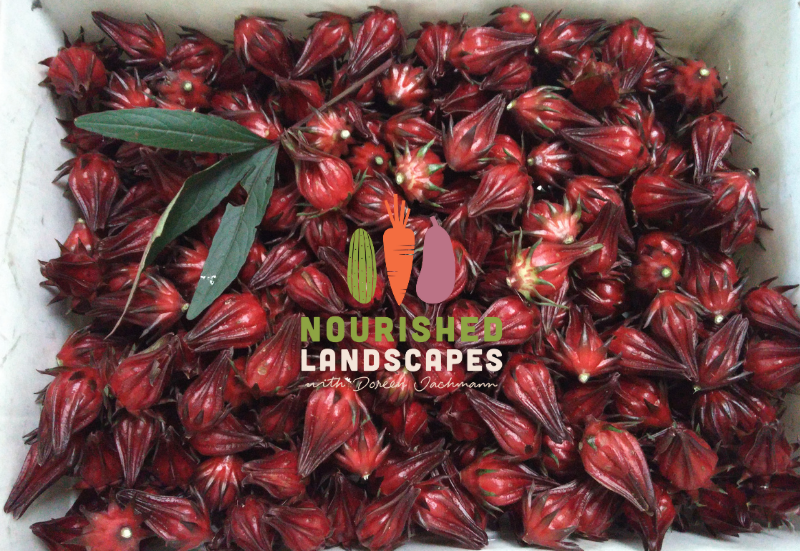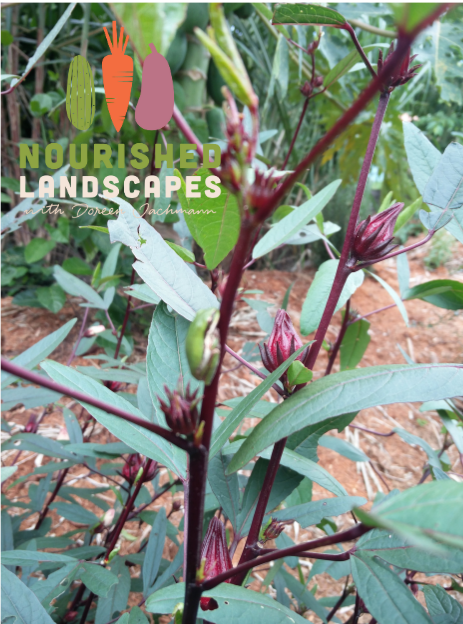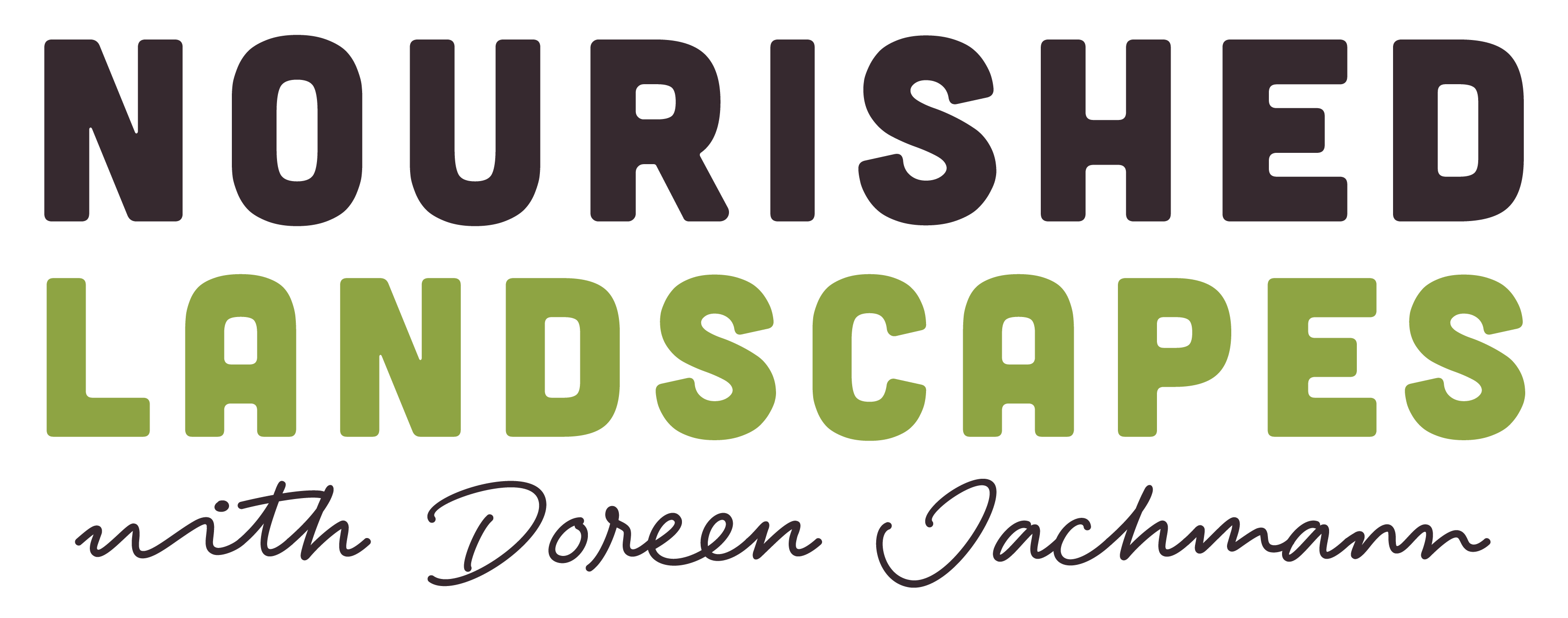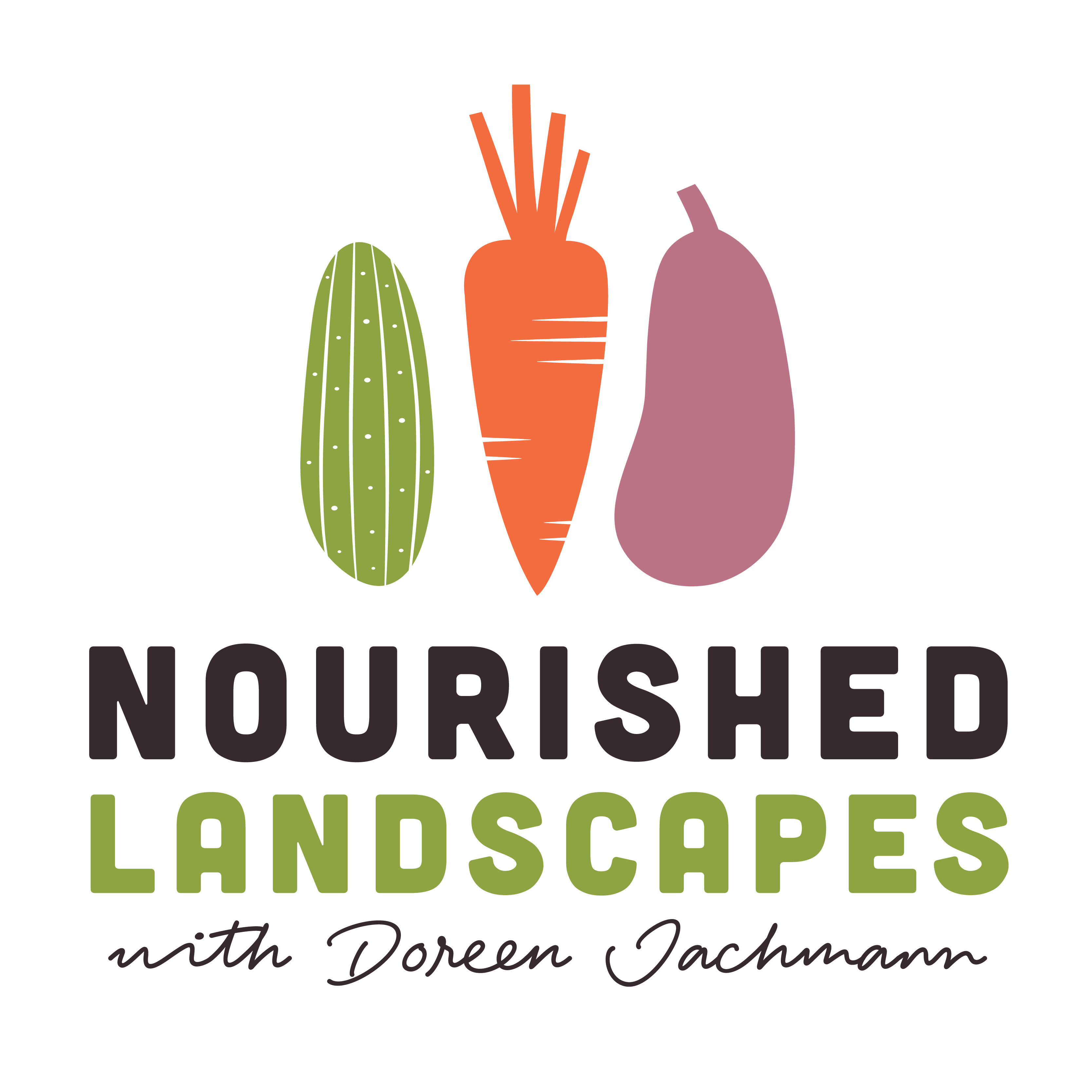Plant Profile Rosella

Plant Profile Rosella (Hibiscus sabdariffa)
Common Names: Rosella, Wild Hibiscus, Red Sorrel, Jamaican Sorrel, Florida Cranberry
Scientific Name: Hibiscus sabdariffa
Family: Malvaceae
Plant Type: Annual or short-lived perennial shrub
Physical Description
- Height: 1–2 metres.
- Spread: 1–1.5 metres.
- Leaves: Deep green, lobed leaves with serrated edges; leaves can be mildly sour in taste.
- Flowers: Creamy yellow with a maroon centre, funnel-shaped, approximately 8–10 cm in diameter.
- Fruit: The edible bright red calyx (the fleshy outer part of the flower) forms around the seed pod after the flower blooms.

Rosella grown at Nourished Landscapes homestead.
Habitat and Distribution
- Native Range: Likely West Africa or India, now widely cultivated in tropical and subtropical regions worldwide.
- Naturalised Range: Found in warmer regions of Australia, especially in Queensland and northern New South Wales.
- Climate Zones: Prefers tropical and subtropical climates.
Growing Conditions
- Light: Requires full sun for optimal growth and flowering.
- Soil: Well-draining, fertile soils with a slightly acidic to neutral pH (5.5–7.5).
- Water: Requires consistent watering during establishment and flowering but is moderately drought-tolerant once mature. Avoid waterlogging.
- Temperature: Thrives in warm climates with temperatures between 20–35°C. Sensitive to frost.
- Fertiliser: Benefits from organic matter or a balanced fertiliser rich in potassium to promote flowering and fruiting.
Uses in Permaculture
- Edible Plant:
- Calyx: Used in making jams, jellies, teas, syrups, chutneys, and beverages like "sorrel drink."
- Leaves: Eaten fresh or cooked as greens, often added to salads or stir-fries for their tangy flavour.
- Seeds: Contain protein and oil, often used as animal feed or processed for consumption.
- Soil Health: Provides good ground cover during the growing season, reducing soil erosion.
- Pollinator Support: Flowers attract bees and other beneficial pollinators.
- Multi-Functional Crop: Excellent for food forests and mixed cropping systems due to its compact growth habit and multiple uses.
Propagation
- Seeds: Sow seeds directly in the ground after the last frost, or start indoors 4–6 weeks before planting out. Germination occurs in 7–14 days.
- Cuttings: Can be propagated from cuttings, though seeds are more commonly used.
Seasonal Care for the southern hemisphere
- Spring (September–November): Sow seeds or plant seedlings after the risk of frost has passed.
- Summer (December–February): Water regularly, especially during flowering and fruiting. Harvest calyces as they mature.
- Autumn (March–May): Continue harvesting and collect seeds for future planting.
- Winter (June–August): In frost-free areas, prune plants back to encourage new growth in the next season.

Pests and Diseases
- Pests: Aphids, whiteflies, and beetles may occasionally target young plants. Use natural deterrents like neem oil or companion planting.
- Diseases: Susceptible to root rot in poorly draining soils and fungal leaf spots in humid conditions. Ensure good air circulation and avoid overhead watering.
Harvesting and Maintenance
- Calyx: Harvest when the calyces are plump and bright red, about 3–4 weeks after flowering. Twist or clip them off carefully to avoid damaging the plant.
- Leaves: Pick young leaves as needed for culinary use.
- Seeds: Allow some calyces to mature fully and dry on the plant for seed collection.
Special Considerations
- Cultural Importance: Rosella is a key ingredient in many traditional drinks and dishes, especially in the Caribbean, Africa, and Southeast Asia. In Australia, it’s commonly used for making Rosella jam.
- Fast Growth: Plants grow quickly and provide a substantial yield within a single growing season, making them ideal for small-scale food production.
Rosella (Hibiscus sabdariffa) is a highly versatile and productive plant, valued for its culinary, medicinal, and ecological benefits.
----------------------------------------------
About the Author
Doreen Jachmann from Nourished Landscapes has been providing permaculture services for over 10 years.
Doreen is passionate about helping people create sustainable and resilient landscapes.
Nourished Landscapes offer a variety of services, including:
* Permaculture design and installation
* Permaculture education, presentations and workshops
* Permaculture consulting
If you are interested in learning more about permaculture, please contact us today!


0 comments
Leave a comment
Please log in or register to post a comment